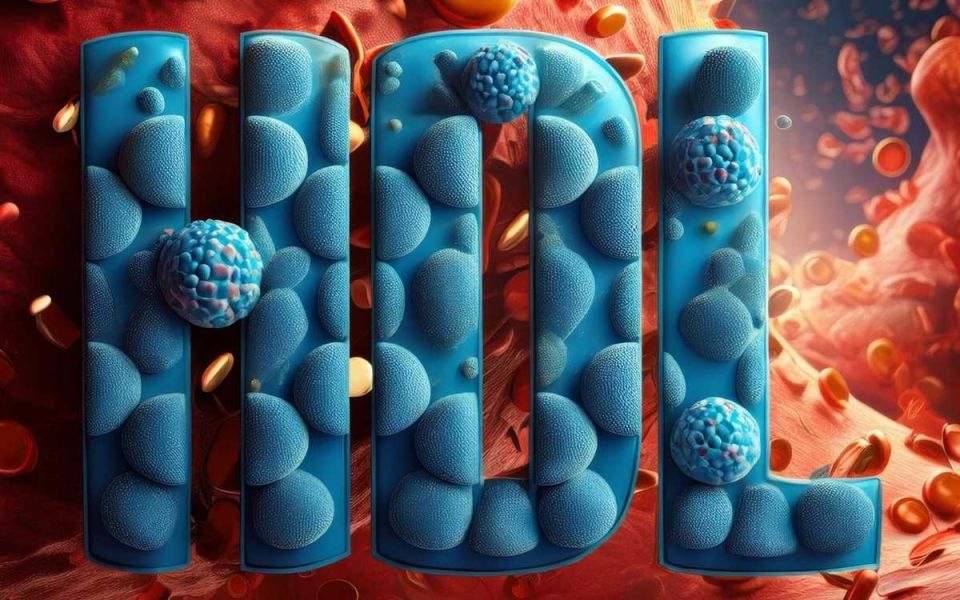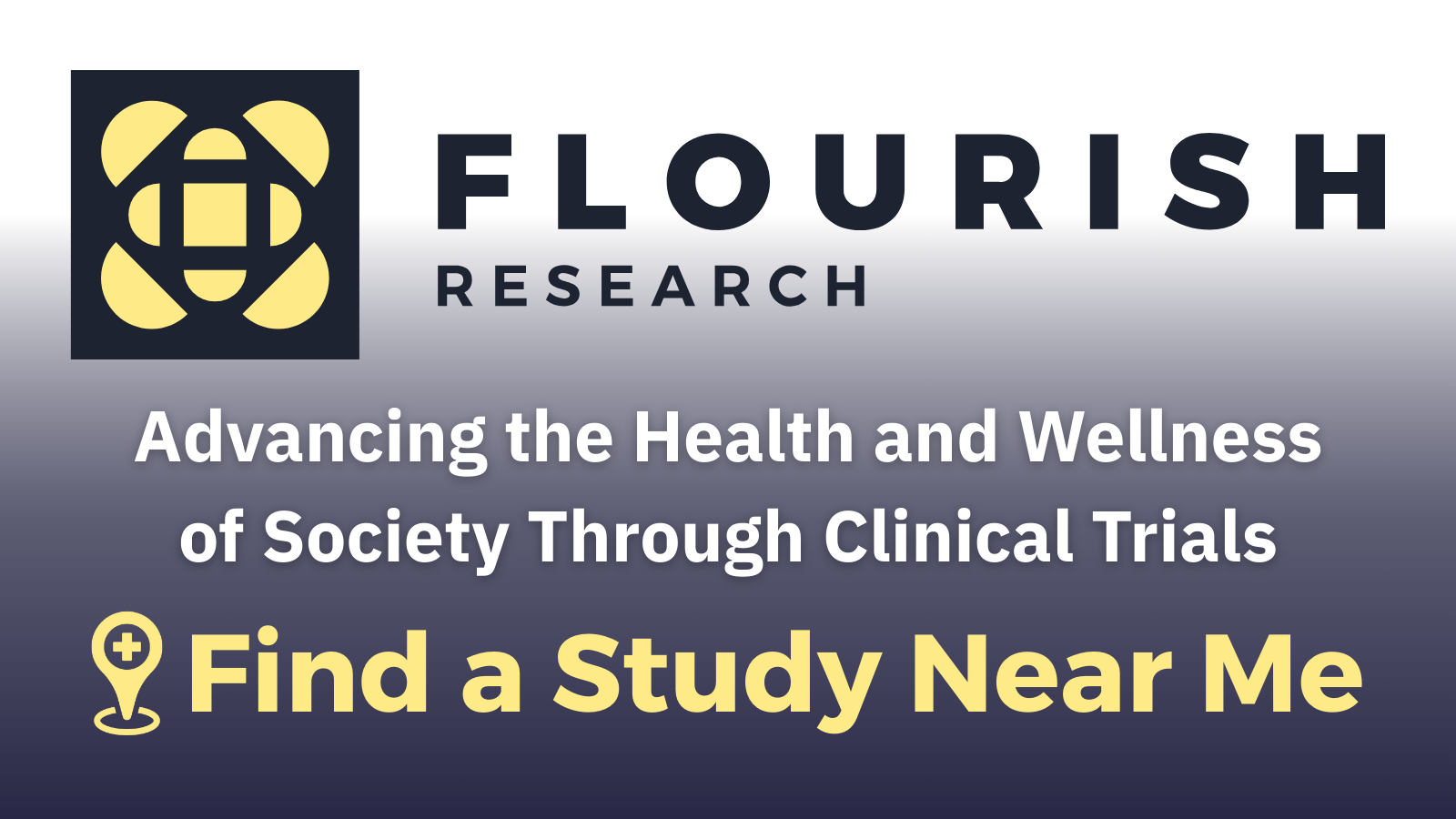What is High-Density Lipoprotein (HDL)?

Wolves are given a bad rap. Little Red Riding Hood, the Three Little Pigs, and The Boy Who Cried Wolf all gave convincing testimony to their evilness, but it’s more complicated. Some wolves attack sheep or chickens or whatever, but others keep deer and elk populations from running amok and provide valuable food sources for ravens, magpies, and coyotes. They’re so important, in fact, that Yellowstone National Park reintroduced wolves almost 30 years ago to help maintain a functional ecosystem. This dichotomy between perception and reality extends to cholesterol as well. We generally think of cholesterol as bad, but it’s critical to the function of our cells and body. One type of cholesterol, called high-density lipoprotein (HDL), is even called good cholesterol.
High-density lipoprotein (HDL) is a smallish ball made of fatty lipids and proteins (lipid + protein = lipoprotein) that help move lipids through the bloodstream. They are called “high-density” because the balance of proteins to lipids is tipped much more to the protein side (called “protein-rich”) compared to other lipoproteins. There are many pieces that make up this complex molecule. This includes a wide variety of proteins that perform all sorts of actions like transferring fats, making dangerous lipids safe, and even preventing infection! The different composition of proteins and lipids means that there are several types of HDL cholesterol, which we’ll return to later.
The benefits of wolves in an environment are complex, as are the benefits of HDL to the bloodstream. New science in the last decade or two has shown that the relationship between HDL and our cardiovascular system is more complex than we initially thought and our full understanding is still evolving. Fatty lipids are necessary for cells to function. Low-density lipoprotein (LDL) transports them to cells, but most cells can’t break lipids down, so they accumulate. The main action of HDL is to move these lipids back to the liver at the end of their useful life. To do this, the HDL particle interacts with special proteins on cells and absorbs the lipids. It does this for many cells, including the ones that form plaques associated with cardiovascular disease and other lipoproteins. It makes sense that when HDL levels are low, it can leave you howling.
Low HDL can be dangerous, primarily because it is associated with a higher risk of cardiovascular disease, including atherosclerosis - a hardening of arteries. HDL levels may be low due to a disease or genetic difference, but for most people, the danger is stressors to HDL. Aging, smoking, a sedentary lifestyle, obesity, infection, pollutants like heavy metals, and a diet high in trans fats and carbohydrates can degrade the quality and quantity of HDL. This can change the protein profile and structure of the molecule and decrease overall numbers.
Measuring HDL directly can be expensive, but HDL-C is frequently used as an indirect measure. Desirable HDL-C levels exceed 59 mg/dL (1.55 mmol/L). Along with an increased risk of cardiovascular disease, low HDL levels are a hallmark of metabolic syndrome and are associated with insulin resistance, higher triglycerides, more dangerous forms of LDL cholesterol, and some types of dementia. Extremely high levels of HDL cholesterol - somewhere around twice the normal amount - are also associated with an increased risk of cardiovascular problems, diabetes, and inflammation. A few wolves might keep deer populations in check, but too many still isn’t a great idea.
For those with low HDL levels, solutions are not easy. There are many medications that can increase HDL levels, including niacin and fibrates. Unfortunately, according to medical doctors Victoria Helow and Michael J Koren in their presentation Cracking The Lipid Code, these medications are not associated with a reduction in cardiovascular risk. This could be due to a difference in quality versus quantity. These medications may increase numbers, but people with low HDL levels often have HDL with altered protein and lipid compositions. In addition, the structure may be changed through oxidation or glycation and could be a weird shape or size. We don’t yet have medications that are known to restore the quality of HDL on their own. Most current strategies for low HDL cholesterol, therefore, are based on lifestyle modifications that decrease HDL stressors. Weight loss, smoking cessation, exercise, and a healthy diet like the Mediterranean diet all have some evidence of improvement - especially quitting smoking. A small amount of alcohol appears to also increase HDL cholesterol, but the risks of alcohol should be weighed against any benefits. Just like the wolf population helped the ecosystem in Yellowstone, balancing HDL levels can help our cardiovascular health.
Staff Writer / Editor Benton Lowey-Ball, BS, BFA
Click Below for ENCORE Research Group's Enrolling Studies
References:
Casula, M., Colpani, O., Xie, S., Catapano, A. L., & Baragetti, A. (2021). HDL in atherosclerotic cardiovascular disease: in search of a role. Cells, 10(8), 1869. https://www.mdpi.com/2073-4409/10/8/1869
Cho, K. H. (2022). The current status of research on high-density lipoproteins (HDL): a paradigm shift from HDL quantity to HDL quality and HDL functionality. International journal of molecular sciences, 23(7), 3967. https://www.ncbi.nlm.nih.gov/pmc/articles/PMC8999423/
Deng, S., Xu, Y., & Zheng, L. (2022). HDL structure. In HDL Metabolism and Diseases (pp. 1-11). Singapore: Springer Nature Singapore. https://link.springer.com/chapter/10.1007/978-981-19-1592-5_1
Franczyk, B., Rysz, J., Ławiński, J., Rysz-Górzyńska, M., & Gluba-Brzózka, A. (2021). Is a high HDL-cholesterol level always beneficial?. Biomedicines, 9(9), 1083. https://www.mdpi.com/2227-9059/9/9/1083
Koren, M.J. & Helow, W. (Hosts). (2024). Cracking the lipid code. [Podcast Episode]. In MedEvidence! Truth Behind the Data. MedEvidence. https://medevidence.com/cracking-the-lipid-code
Koren, M.J. & Lopez, A. (Hosts). (2023). Two docs talk advanced lipids. [Podcast Episode]. In MedEvidence! Truth Behind the Data. MedEvidence. https://medevidence.com/two-docs-talk-advanced-lipids
National Park Service. (11 March, 2024). Grey wolf. [Website]. U.S. Department of the Interior
Toth, P. P. (2005). The “good cholesterol” high-density lipoprotein. Circulation, 111(5), e89-e91. https://www.ahajournals.org/doi/10.1161/01.CIR.0000154555.07002.CA



